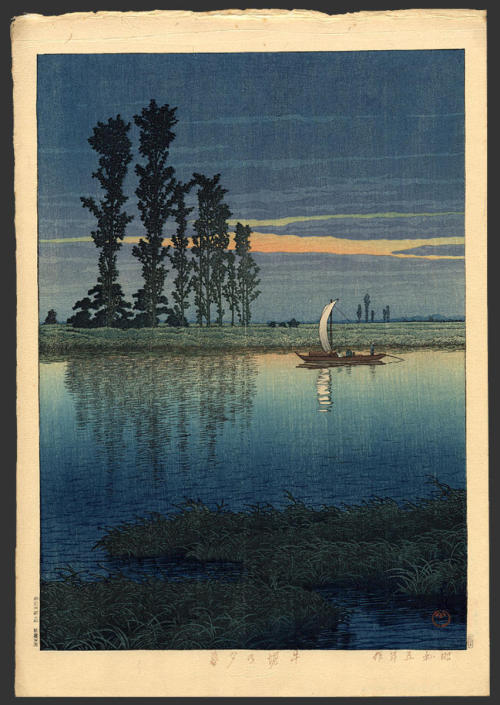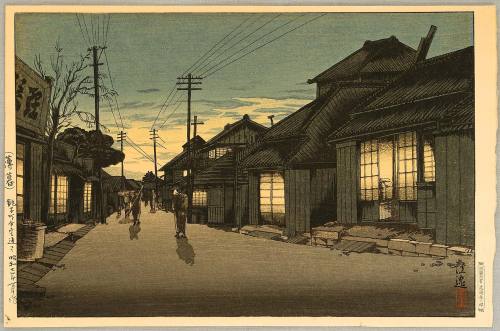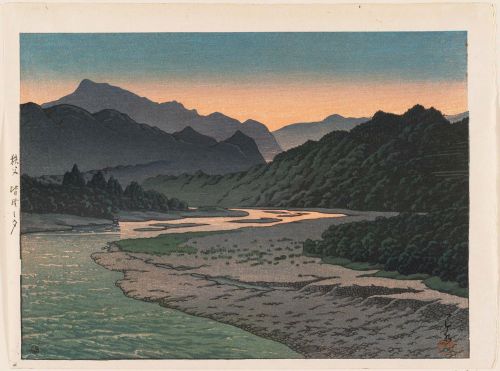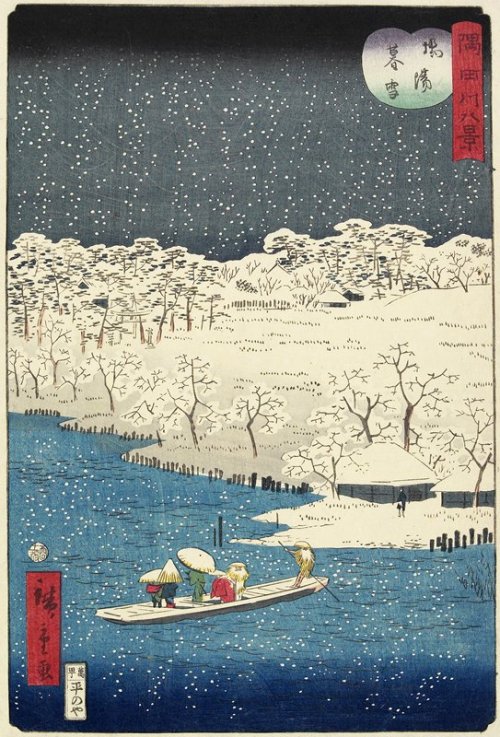ART PRINTS BY FINLAY MCNEVIN








ART PRINTS BY FINLAY MCNEVIN
Potassium - Element Art
Helium - Element Art
Aluminum - Element Art
Calcium - Element Art
Fluorine - Element Art
Phosphorus - Element Art
Carbon - Element Art
Chlorine - Element Art
Also available as canvas prints and framed art prints
FREE WORLDWIDE SHIPPING + $5 OFF ALL PHONE CASES TODAY!
More Posts from Ritasakano and Others

Futon de algodão e um mimo para o neto!!


Olfactory perception influenced by background and semantic information
When two people smell the same thing, they can have remarkably different reactions, depending on their cultural background. Researchers at the Neuro have found that even when two cultures share the same language and many traditions, their reactions to the same smells can be different.
In a partnership with researchers from the Lyon Neuroscience Research Centre in France, clinical neuropsychologist Jelena Djordjevic and her group at the Montreal Neurological Institute tested subjects in Quebec for their subjective impressions of different scents, while their collaborators in France did the same with French subjects. They selected six scents: anise, lavender, maple, wintergreen, rose and strawberry.
Participants were asked to smell each scent first without knowing what the scent is, then again after being told its name. The subjects rated the scent on pleasantness, intensity, familiarity, and edibility. The scientists also measured the subjects’ non-verbal reactions to each scent, including sniffing, activity of facial muscles, respiration and heart rate.
The researchers found significant differences between ratings of the same odours among the French and French-Canadian subjects. For example, the French gave wintergreen much lower pleasantness ratings than French-Canadians. In France, wintergreen is used more in medicinal products than in Canada, where it is found more in candy. Canadians were more familiar with scents of maple and wintergreen than the French, while in turn people from France were more familiar with the scent of lavender. When asked to describe odours, Canadians were better at describing maple and wintergreen, while people from France were better at describing lavender. Anise was rated similarly in two cultures but was described more often as “licorice” in Quebec and as “anise” in France.
Providing the names of the odours to subjects increased their ratings of familiarity, pleasantness and edibility. Furthermore, cultural differences disappeared or decreased when the names were provided. This was true even for the non-verbal reactions to scents. The findings suggest that mental representations activated by odour names are more similar between cultures than the mental representations activated by sensory information alone. Cultural differences in perception of odours are subtle, and are easily reduced by the mere presence of odour names.
The results were published in the journal Chemical Senses.
This study reinforces the idea that our brain’s processing of odour is not simply its reaction to the chemical compounds that make up the scent. It is influenced both by our previous experience with the scent and our knowledge of what the scent is.
While previous studies have come to similar conclusions, this study is unique in that it compared two cultures which share the same language and have similar traditions. This eliminated the possibility of language being a cause of the different reactions between groups.
“In psychology, we call these effects ‘top-down influences’ and we were excited to further develop our understanding of them”, says Djordjevic. “Even basic processes, such as smelling a scent, are influenced by where we come from and what we know. The sense of smell occupies a very old part of our brain. Studying this old sensory system helps us understand how we have evolved as a species. Furthermore, olfactory loss is common in normal aging and also in many neurological conditions. Studying these disorders can provide us with clues about the disease mechanisms and possible ways to treat them.”
Mapa das novas infecções do ransomware
Assista ao mapa ao vivo das novas infecções do ransomware WannaCry http://www.tecmundo.com.br/ataque-hacker/116649-assista-mapa-ao-vivo-novas-infeccoes-ransomware-wannacry.htm
Earth from Space - LIVE video of Earth From The International Space Station
Thanks, amazing-space-fan!

Click image for 668 x 900 size.
On the right an ad for mosquito coil product, for King Corporation., on the left “gold standard” for ink.
Thanks to bnz, Paula Wirth, and yoboseiyo for the info.
Scanned from Taschen’s “Japanese Beauties”.
Katori Senkou mosquito coil ad, 1900-1929.
My brother and I saw this precious little rat snake watching everyone gardening in my grandparents’ yard. How could anyone hate this sweet curious face? I was cooing at him for like 20 minutes ♥️






What is it about this twilight hour? Even the sound of a barely perceptible breeze pierces the heart. (Ono no Komachi, c. 825 – c. 900, Japanese poet of the early Heian period).
It’s no longer day but night hasn’t come yet either. One by one, the voices that fill the hours of the day with their incessant noise fade until the silence is almost complete. Some aspects of the colours stay concealed in daylight, but now comes the moment for them to appear. The evening light reduces every superfluous detail, every unnecessary shape; it is at the same time the absolute truth and the most beautiful lie.
Today let’s wander in evening landscapes (top to bottom, left to right): Evening at Ushibori, by Kawase Hasui, 1930 [source]; Evening Glow at Choshi, by Tsuchiya Koitsu, 1932 [source]; Dusk at Itako, by Kawase Hasui, 1932 [source]; Fishing Boats at Sea, by Ohara Koson, c. 1900 [source]; Evening at Minano in Chichibu, by Kawase Hasui, 1946 [source]; Evening Snow at Hashiba, by Utagawa Hiroshige II 1861 [source].
The Good Book!!!
https://www.youtube.com/watch?v=epSzKZBkVG4&feature=share
Meet ZUtA, the pocket printer that solves all of your on-the-go printing needs. 🖨
-
 jam1784 liked this · 5 months ago
jam1784 liked this · 5 months ago -
 biglez93 reblogged this · 5 months ago
biglez93 reblogged this · 5 months ago -
 biglez93 liked this · 5 months ago
biglez93 liked this · 5 months ago -
 kxngshxt reblogged this · 5 months ago
kxngshxt reblogged this · 5 months ago -
 sophisticatedexuberance reblogged this · 6 months ago
sophisticatedexuberance reblogged this · 6 months ago -
 sophisticatedexuberance liked this · 6 months ago
sophisticatedexuberance liked this · 6 months ago -
 lifeissucking reblogged this · 2 years ago
lifeissucking reblogged this · 2 years ago -
 emiliadekker liked this · 3 years ago
emiliadekker liked this · 3 years ago -
 sscreamy liked this · 3 years ago
sscreamy liked this · 3 years ago -
 snowyshadow reblogged this · 3 years ago
snowyshadow reblogged this · 3 years ago -
 snowyshadow liked this · 3 years ago
snowyshadow liked this · 3 years ago -
 roboticowboy liked this · 3 years ago
roboticowboy liked this · 3 years ago -
 jesusalonsogomez liked this · 3 years ago
jesusalonsogomez liked this · 3 years ago -
 traspberry liked this · 3 years ago
traspberry liked this · 3 years ago -
 norietorie liked this · 3 years ago
norietorie liked this · 3 years ago -
 garuabrava liked this · 4 years ago
garuabrava liked this · 4 years ago -
 algood liked this · 4 years ago
algood liked this · 4 years ago -
 maravillabooy liked this · 4 years ago
maravillabooy liked this · 4 years ago -
 glass-kirin liked this · 4 years ago
glass-kirin liked this · 4 years ago -
 cookedupinthelabm8 liked this · 4 years ago
cookedupinthelabm8 liked this · 4 years ago -
 ruhelosetraume liked this · 4 years ago
ruhelosetraume liked this · 4 years ago -
 sickoi reblogged this · 4 years ago
sickoi reblogged this · 4 years ago -
 methyltransferase reblogged this · 4 years ago
methyltransferase reblogged this · 4 years ago -
 highfunctioningreader liked this · 4 years ago
highfunctioningreader liked this · 4 years ago -
 strawberrymilkie liked this · 4 years ago
strawberrymilkie liked this · 4 years ago -
 kucmash liked this · 4 years ago
kucmash liked this · 4 years ago -
 caprik0rn liked this · 4 years ago
caprik0rn liked this · 4 years ago -
 selfmaderibcageman reblogged this · 4 years ago
selfmaderibcageman reblogged this · 4 years ago -
 pinkmooonlightx reblogged this · 4 years ago
pinkmooonlightx reblogged this · 4 years ago -
 missmadelene liked this · 4 years ago
missmadelene liked this · 4 years ago -
 999evilmen liked this · 4 years ago
999evilmen liked this · 4 years ago -
 2free2cool liked this · 5 years ago
2free2cool liked this · 5 years ago -
 t-oastedmilk liked this · 5 years ago
t-oastedmilk liked this · 5 years ago -
 garrettlefever liked this · 5 years ago
garrettlefever liked this · 5 years ago -
 pionyx reblogged this · 5 years ago
pionyx reblogged this · 5 years ago -
 quokka-tm liked this · 5 years ago
quokka-tm liked this · 5 years ago -
 prometheuslovechild liked this · 5 years ago
prometheuslovechild liked this · 5 years ago -
 ultraviolet-dust liked this · 5 years ago
ultraviolet-dust liked this · 5 years ago -
 87400 liked this · 5 years ago
87400 liked this · 5 years ago -
 giannicavina liked this · 5 years ago
giannicavina liked this · 5 years ago